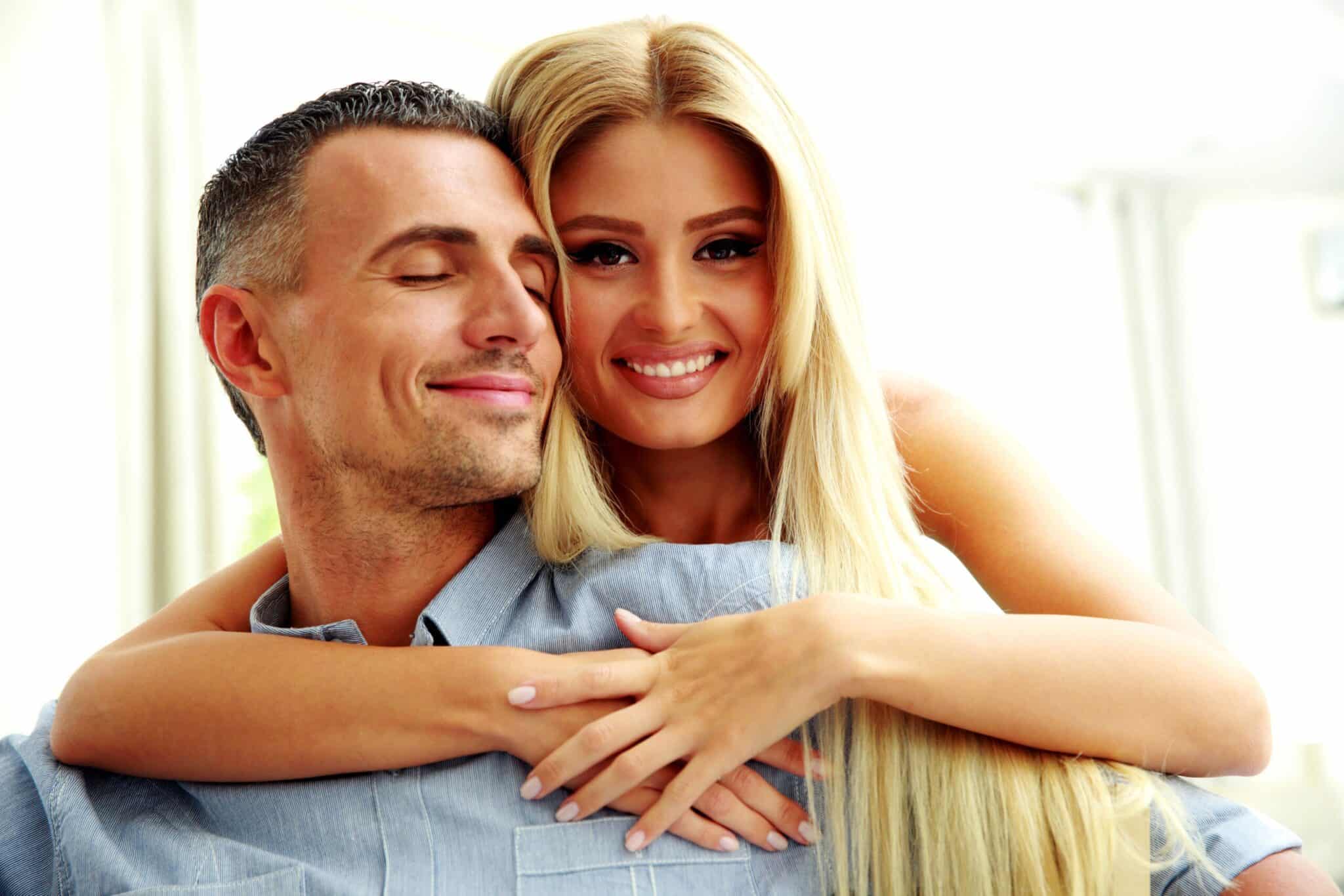Scoliosis is a curvature of the spine usually seen in children and teens but can also appear in adults. When the spine curves, it can often lead to other problems such as low back pain and compression of the spinal discs.
It may also cause soreness or stiffness in the joints of the shoulders, knees, hips, and ankles. In most cases, scoliotic patients have some degree of natural spinal curvature worsened by poor posture or muscle weakness.
It often develops in early childhood and is more likely to run in families. If you are experiencing scoliosis, here is what you should know about treatment options.
How to Treat Scoliosis?
There are several different treatment options for scoliosis depending on the severity of the curvature and the patient’s age. If the curve is under 10 degrees, a brace or brace plus physical therapy is enough treatment.
Brace treatment occurs in the early stages of scoliosis; physical therapy occurs after surgery or after bracing has been completed. Both involve intensive training of the muscles, core, and posture to improve posture and improve scoliosis. If the curve is higher than 10 degrees, surgery might be an option for treatment. It is important to know that surgery does not always cure scoliosis and that many patients need additional treatment after a single surgery.
Surgery can involve many options, including spinal fusion (inserting bone into the spine) or spinal decompression (removing bone from the spine). If scoliosis becomes severe and continual medical treatments are not working, the doctor may suggest a custom-made spinal brace (kyphosis brace) to treat the condition. There is no right or wrong treatment for scoliosis patients; each person is unique and requires a different treatment method.
How to know if you have scoliosis?
Scoliosis can be difficult to detect and often goes undiagnosed. If you believe your child has scoliosis, ask their pediatrician or school nurse. Scoliosis screening is usually recommended every six months until 15 when screening is typically discontinued. A doctor may also prescribe a screening device known as a scoliometer that measures spinal curvature.
The basic scoliometer is a tape measure that attaches to the spine, while more advanced models can be used in the office. If you believe you have scoliosis, ask your doctor about screening devices and screenings for scoliosis.
Scoliosis screening is an important part of maintaining spinal health and will prevent future issues later in life. If you experience any of the following symptoms, you may need to talk with your doctor about scoliosis:
- Backache and pain, especially in the lower back and hips
- Stiffness in the joints, especially the shoulders, knees, hips, and ankles.
- Uneven shoulder blades. Scoliosis can cause one shoulder blade to appear higher than the other. If this is true for you or your child, ask your doctor to examine you.
- Extra skin folds on the body. A deep fold of skin under the breastbone and above the belly button can indicate that you have scoliosis.
- Uneven shoulders or hips
- Irritability or difficulty concentrating
With an early diagnosis, you can learn to prevent further curvature in the spine and pain and discomfort. You should also know that there are several different types of brace that can be used to treat scoliosis:
- Custom-made spinal brace (kyphosis brace): It is a custom-made back brace that is molded to fit the body and the specific condition of scoliosis. This is a popular choice for treatment because it can control the curvature of the spine and it does not require surgery. The other braces do not allow for as much flexibility and range of motion. It can be painful and difficult to wear a brace for long periods.
- Strapping: The most common form of bracing is a hard plastic strapping or body belt placed around the spine to restrict movement, increase the length of the trip and help relieve some of the pain associated with scoliosis. There are also other types of strapping, including an oral brace that is placed in a person’s mouth.
- Physical therapy: Physical therapy is a type of treatment in which the muscles, bones, and joints are trained to function better throughout life. If a child has scoliosis, physical therapy can strengthen the muscles around the spine. If they have a spine that is not curved, physical therapy will help make sure the bones stay aligned and help strengthen the muscles.
In conclusion, treatment options for scoliosis can vary depending on the type of curvature and the patient’s age. It is important to know that multiple treatments may be needed before a person is completely healed. If you suspect that you or your child has scoliosis, it is best to seek treatment as soon as possible. Treatment options are more effective in the earlier stages of scoliosis and also if it is caught at a young age. If you need any help feel free to reach out, We can help; call now 205-637-1363.








